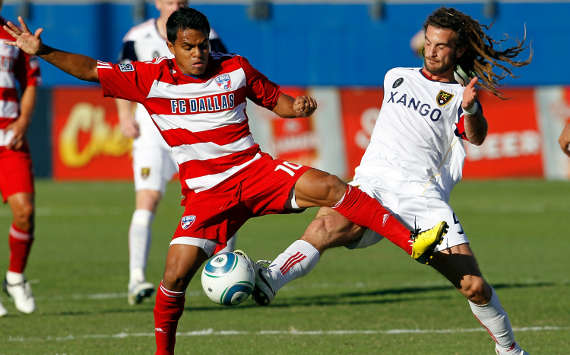 Quadriceps strains are common at this time of the year with many football codes in full flight. Although ‘simple’ quads strains are easy to diagnose and respond rapidly to relative rest and then strengthening, some prove more difficult to treat.
Quadriceps strains are common at this time of the year with many football codes in full flight. Although ‘simple’ quads strains are easy to diagnose and respond rapidly to relative rest and then strengthening, some prove more difficult to treat.
Did you consider the ‘proximal quads strain’ as a possible diagnosis?
With the advent of MRI, we can diagnose a second type of rectus femoris strain proximally and within the belly of the muscle. This has been termed a bull’s eye lesion. These injuries often take a long time to diganose (five to seven months is not unusual) and patients complain of a tender anterior thigh mass and/or weakness and pain with activities such as running and kicking.
The initial injury may be described as a deep tearing sensation. These signs and symptoms are likely due to the indirect (central tendon) and direct heads of the proximal tendon acting independently, creating a shearing phenomenon in contrast to what occurs in the normal rectus femoris.
Treatment still requires progressive strengthening but having the right diagnosis means the exercises can be targeted to the correct part of the quadriceps muscle.
There is an interesting related story in the recent BJSM. In soccer, imbalance between quadriceps strength and hamstring strength predisposed to quads tears and hamstring tears.